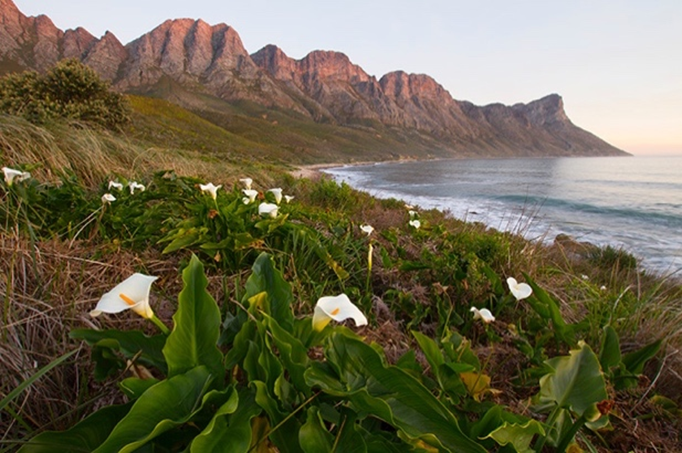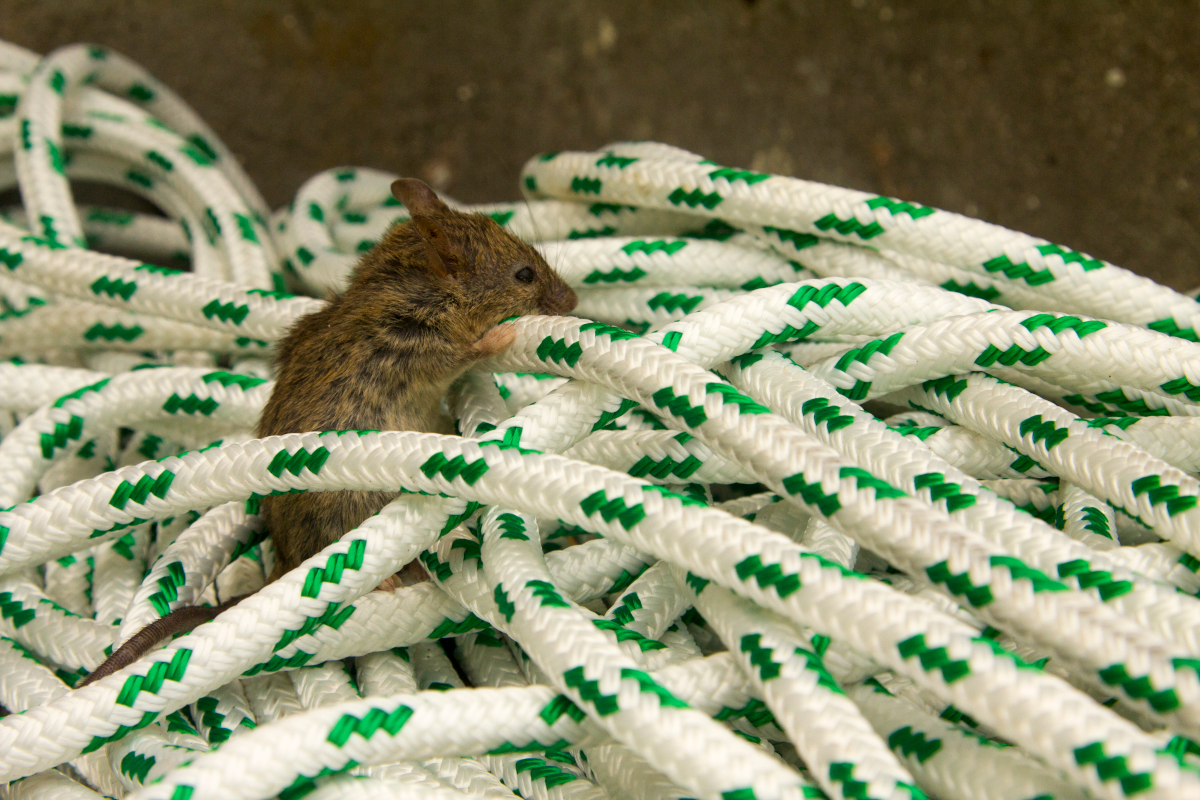Volunteers in the management of invasive alien plants
Volunteers play an important role in invasive alien plant species (IAPS) management and are likely to continue doing so into the future. Better co-ordination and engagement between volunteers and mandated authorities on science, policy and management are required to improve the volunteer groups and keep volunteers motivated to manage IAPS.




